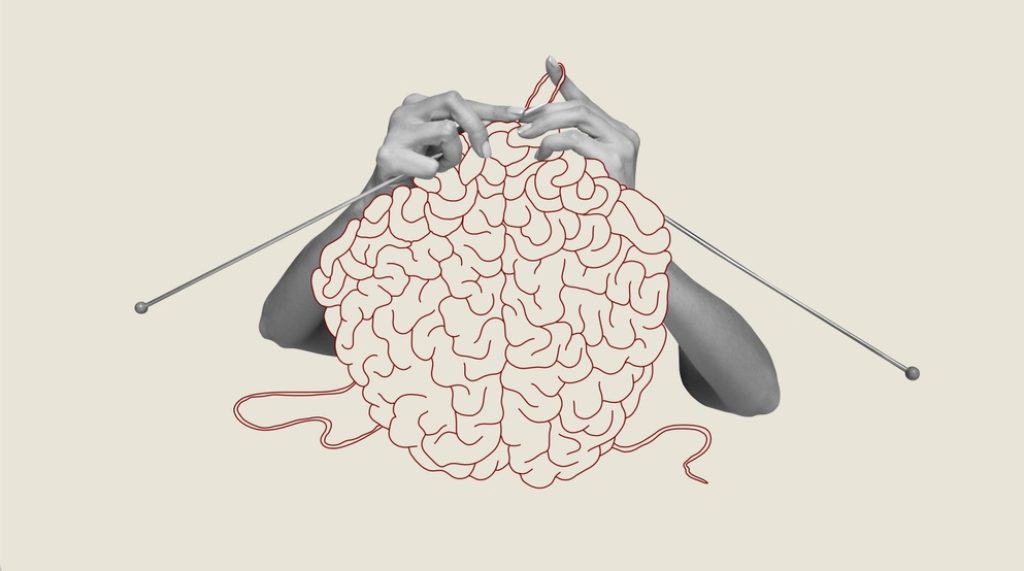After multiple months of flourishing, I would be negligent to think there would be no dips on the horizon to navigate.
I understand that being happy every day is inherently improbable due to the dynamic nature of human experiences, emotional variability, and external circumstances.
Human emotions are inherently fluid and subject to change. The complexity of the human emotional spectrum makes it potentially impossible to sustain a single emotional state, such as happiness, continuously. Emotions are not static; they ebb and flow in response to a plethora of factors. This variability is a fundamental aspect of the human experience, allowing individuals to navigate different situations and adapt to changing circumstances.
Life is full of challenges, setbacks, and uncertainties that can disrupt our feelings of happiness. Personal losses, health issues, financial difficulties, and interpersonal conflicts are common occurrences that can trigger negative emotions. These experiences are part of the human condition and contribute to the rich tapestry of emotional diversity. The inevitability of encountering difficult situations is a normal part of life, making the idea of perpetual happiness unrealistic. It’s okay not to be okay all the time.
July was challenging for me, and I’m still on the journey to overcome this tough period. It’s a process, and I’m learning to navigate the ups and downs of life with the wisdom I have acquired from previous experiences. Each challenge is an opportunity for growth, and I’m committed to emerging stronger from this difficult time.

The three line items on the top of that list were;
1. Move every morning for the next 30 days.
2. Tell everyone close to me by this time next week that I am not feeling very good
3. Make an appointment today with a professional psychologist.
Getting yourself out of an emotional rut where you feel depressed and unmotivated can be challenging; the big three items outlined above, combined with a list of other steps and a kindling relationship at this time, improved my mood and motivation. Much of my plan was around setting small, manageable goals and establishing a daily routine to mitigate feeling overwhelmed and create a sense of accomplishment. Finding some mindfulness techniques, such as deep breathing (because meditation didn’t work for me at this point, I was too acute), to reduce stress and improve my mood. Keeping a journal to write down my thoughts and feelings helped me reflect on my progress. I decided to write and draw to see if some creativity would help. I set limits on my screen time and deleted my social media apps (for three months). I also started practising gratitude by focusing on the positive aspects of my life, which we still do today when we meet as a family at the dinner table.
So, after a few little false starts in my journal where I failed to “get after it” after committing myself to do so, it is time to reconnect with a mini version of my old plan, lean on it with military style discipline, and recover so I can return to the path of flourishing.
The 10-point -10-Day Plan was started today and will be up for review on the 15th of August.
1. Watch the sun come up +
2. Have a cold ocean swim every morning
3. Read my intention, purpose and goals every day
4. Exercise daily / realign with five of my 50by50 goals
5. Be hyper-focused on my anti-inflammatory diet.
6. Delete my social apps from my phone
7. Journal every day…Put my day up for review
8. Look for any emotions that I can let go
9. Daily expression of gratitude
10. Take a seat of consciousness.
My brain is so busy. It is impossible to compare it to anyone else, so I accept that there is always much noise. Circling back to a book I read last year, its teachings will be a primary focus for the next 10 days.
The Untethered Soul – The Journey Beyond Yourself By Michael A. Singer – One of the key insights from the book is the recognition that the constant stream of thoughts and inner dialogue is not your true self but merely the mind’s activity. Singer encourages readers to develop the ability to observe these thoughts and emotions from a detached perspective, which he calls the “seat of consciousness” or the “inner witness.”
A central theme of the book is the practice of letting go. By releasing the need to control or resist life, you can allow experiences to flow through you without causing mental and emotional disturbances. This act of letting go is closely linked to the concept of inner energy. When you free yourself from mental and emotional blockages, your inner energy flows more freely, leading to a sense of vitality and peace.
Singer also emphasises the importance of living in the present moment. By focusing on the present rather than dwelling on the past or worrying about the future, you can achieve a deeper appreciation of life and reduce mental suffering. This mindfulness practice is essential for transcending the limitations and illusions created by the ego. True freedom, according to Singer, comes from moving beyond the ego and experiencing your true nature.
The book advocates for a sense of trust and surrender to the natural flow of life. Accepting life as it comes and letting go of the need for control can lead to inner peace and spiritual growth. Additionally, Singer highlights the importance of keeping your heart open and embracing love and compassion, as the heart’s energy plays a crucial role in leading a fulfilling life.
This 10-point -10-Day Plan which includes taking a seat of consciousness combined with living by my Stoic principles is the scaffolding that is going to put a little wind behind me, propel me in the right direction and elevate my happiness.
Arete!



